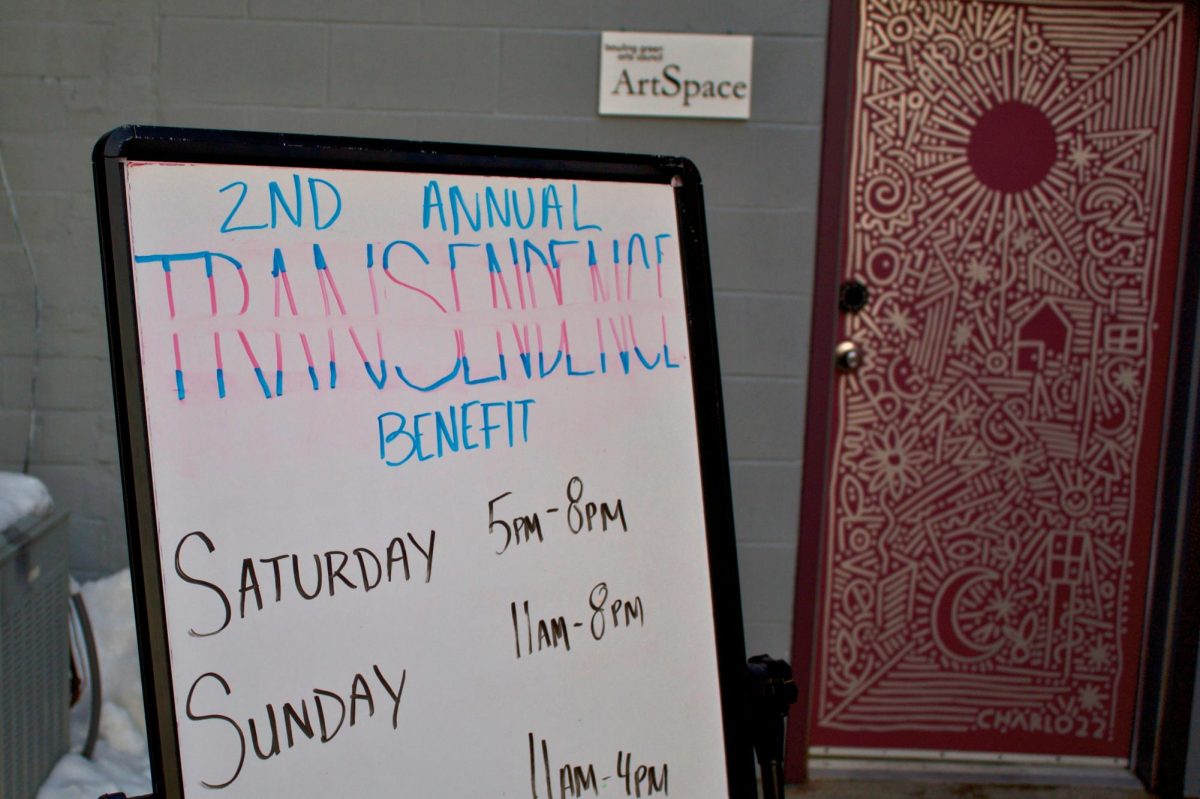Students searching for a unique form of exercise needn’t look far: Capoeira (kap-oo-air-uh), an ancient Brazilian martial art, is being taught and practiced by University community members wanting to gain strength and endurance, compete and have fun.
Capoeira was invented by Africans as a martial art and concealed as a dance, as it was used to defeat Portuguese salvers, according to sites.google.com/site/jogodecapoeira, the Web site of the University’s Capoeira Mandinga group.
Modern capoeira involves ancient movements, acrobatics and stretching – all without touching. It also includes playing African instruments and singing in Portuguese.
‘It’s a unique martial art; it doesn’t teach to be aggressive, it [teaches] to be respectful,’ said Maria Kirsanova, a graduate student and one of the group’s instructors.
She and her husband, Alexander Nemchinov, came to Bowling Green from Russia and formed the campus capoeira group last November. Including the two of them, there are about 10 members total.
‘Our target was to create a group here because I am in a BG program for five years, and I don’t want to live without capoeira for five years,’ Kirsanova said.
Kirsanova and Nemchinov, along with instructors from the Capoeira Mandinga Michigan school, take turns leading sessions on Tuesdays, Fridays and Sundays from 7:30 to 9:30 p.m. in 221 Eppler North.
Senior Kevin Sohnly, treasurer for the campus group, said typical practices include an hour of calisthenics, stretching and warming up, which leads to the practicing of basic and more advanced moves.
‘After the advanced things, we normally play a game, a ‘roda,” Sohnly said.
During the roda, ‘participants form a circle, playing music, singing, and tapping a rhythm, while two capoeiristas compete on speed of response, balance, and endurance in the center,’ according to the campus organization’s Web site.
Sohnly, who used to practice tae kwon do, said practicing capoeira has done a lot for him.
‘I’ve lost three pants sizes and a shirt size, gained a lot of muscle, and I can almost walk on my hands – that’s cool,’ he said.
Sohnly said although capoeira is hard to learn, it gets easier with time.
‘After you get used to it, everything is fun, and honestly, it doesn’t even feel like working out anymore,’ he said.
Kirsanova said she would describe capoeira as ‘hard, but safe.’
‘It’s hard, that’s for sure, because we are old,’ she said. ‘I mean, when you are 20 years old, it’s old, actually. If you train since [age] five, it will be easy. ‘hellip; Capoeira teaches you to accept it and to grow.’
Kirsanova named many additional benefits of practicing capoeira, including increased health, happiness, self-confidence and respect for oneself and for others.
‘If you do care about yourself, you care about your body too, and capoeira brings freedom to strength, movement and endurance,’ she said.
Sohnly said capoeira has impacted his life by allowing him to meet new friends, to learn more about martial arts and to have fun and he won’t be giving it up for a while.
‘I probably will not get a job that does not have some sort of capoeira within driving distance,’ he said. ‘I plan to be practicing for a long time.’













